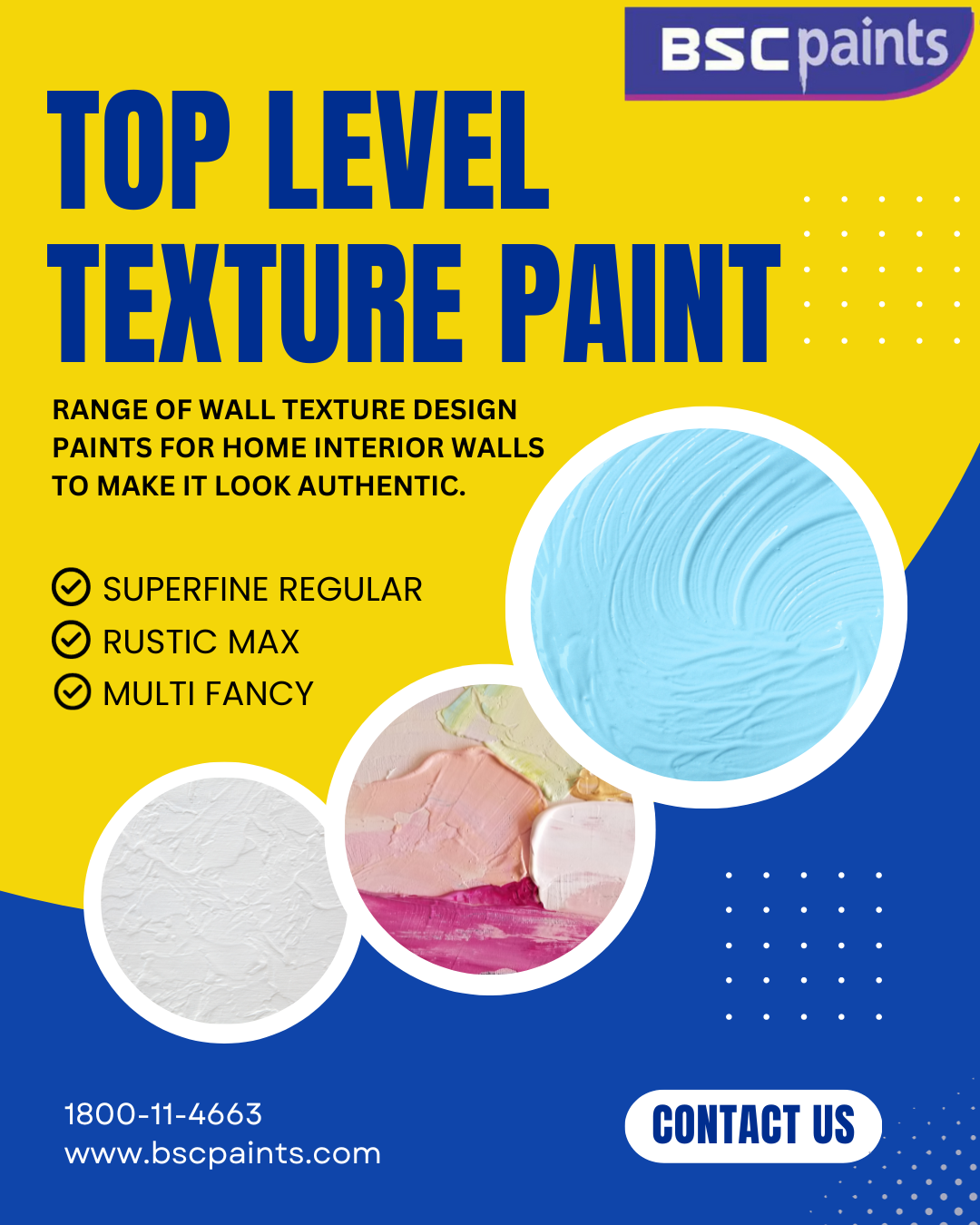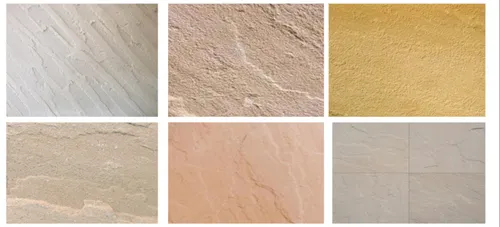Best & Top Level Texture Paint
Welcome to Texture Paint, your online hub for immersive and intuitive texture painting. Are you ready to transform your digital canvas into a masterpiece? Whether you’re an aspiring artist or a seasoned pro, our platform provides a dynamic space to bring your imagination to life.


